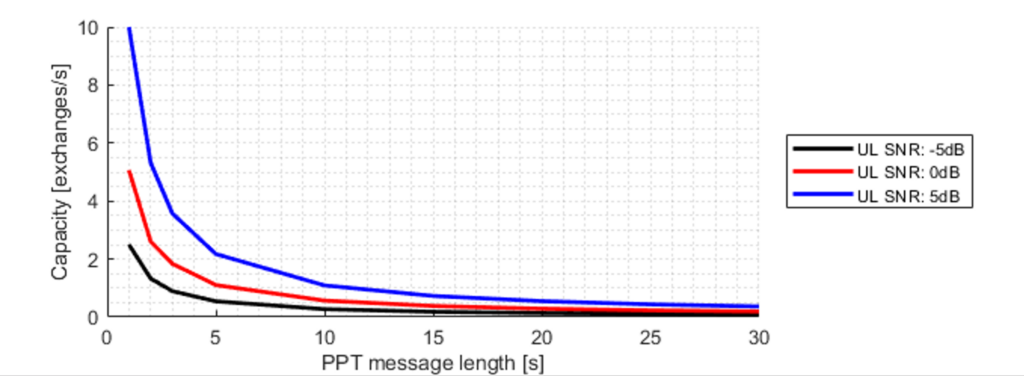Exploring use cases of 5G NB-IoT NTN: Push to talk, two-way messaging & firmware update
While known for its use in IoT applications, 5G NB-IoT NTN holds an unexplored potential for functionalities such as push-to-talk, two-way messaging, and firmware updates via satellites. This opens a world of opportunities to offer services such as emergency messaging and critical software updates to automated systems in rural, remote, or inaccessible areas.
In this webinar, our Research Engineer, René Brandborg will showcase how standard 5G NB-IoT NTN can support essential use cases by sharing results of our feasibility analysis and simulations. Get a deep understanding of the possibilities and challenges involved, enabling you to make informed decisions regarding implementation and deployment strategies.
To underline the vast business potential, Sales Executive Raphaela Oliveira Teixeira will shed light on the commercial advantages of integrating 5G NB-IoT NTN services to unlock new market opportunities and competitive advantages.
Join our webinar to gain valuable insights into implementation and deployment strategies, empowering you to harness the full capabilities of NB-IoT for enhanced communication services.
Want to have a closer look at our 5G NTN products?
Agenda
- Welcome and introduction
- What’s the potential of 5G Narrowband IoT NTN use cases?
- Technical requirements of push to talk, two-way messaging and firmware updates
- Use-case feasibility with 5G NB-IoT in various satellite configurations
- What does it take to launch a 5G NTN service?
- Live Q&A session
Presenters from Gatehouse Satcom:
Rene Brandborg Sørensen – Research Engineer
Raphaela Oliveira Teixeira – Sales Executive – [email protected]
FAQ
How many HARQ processes did you enable for the PTT settings?
What is the number of PTT users that can work at the same time?
 Here, we can see that in poor link conditions (DL -11 dB, UL -5 dB) we can achieve 0,4 exchanges / s of a 5s voice message.
If we consider that messaging takes place in pairs, this means that if it takes an aggregated 10 seconds to record and listen to a message, then a minimum of 4 such pairs can be active at once at any time.
Utilizing broadcasting functionality (SC-PTM) one can obtain much higher scalability on the receiving end. Then a minimum of >4 groups of UEs can take part in a PTT session (assuming some tokenization of the “speaker”)
Here, we can see that in poor link conditions (DL -11 dB, UL -5 dB) we can achieve 0,4 exchanges / s of a 5s voice message.
If we consider that messaging takes place in pairs, this means that if it takes an aggregated 10 seconds to record and listen to a message, then a minimum of 4 such pairs can be active at once at any time.
Utilizing broadcasting functionality (SC-PTM) one can obtain much higher scalability on the receiving end. Then a minimum of >4 groups of UEs can take part in a PTT session (assuming some tokenization of the “speaker”) Are the messaging services and the PTT services still supported for mobile-on-the move when GNSS signals are jammed?
How is it going on measuring with an orbital testbed?
What is the number of satellites on the LEO constellation to obtain those delays?
Would all the standard compliant devices be able to access two-way messaging?
What are some benefits of using NB-IoT instead of a broadband solution?
Will 5G NR NTN replace 5G NB-IoT NTN in the future?
Get the latest updates on 5G NTN
Sign up to receive the latest news and milestones in the development of 5G NTN.
